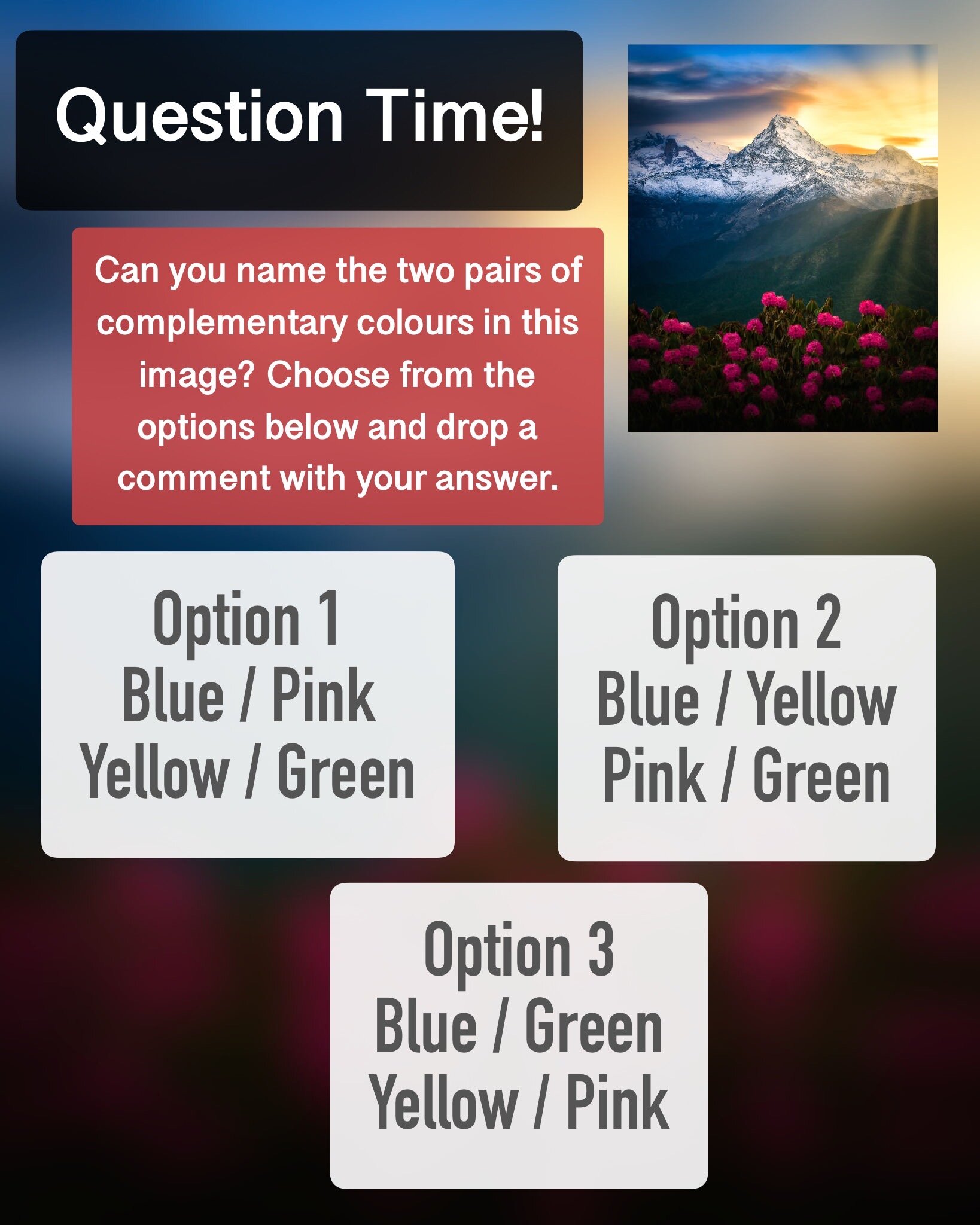Scroll through for a breakdown of this image of Gaylor Lake in Yosemite National Park and a look at the camera settings.










Landscape photography involves a great deal of walking, climbing, and waiting. A lot of waiting. Waiting to get to your chosen location for the shoot, waiting while you scout out suitable locations for unique compositions, waiting for the sun and the clouds to cast the best light on the scene, and waiting for the various elements in your composition to line up just right. All this, for an image captured by your camera in under second as you press that shutter button. We think that a photograph is born in the split second a camera takes the picture, but often overlook the preparation that leads up to that instant. But in the words of Ansel Adams - you don’t take a photograph, you make it.
Captured in 1/4th of a second on the Canon 500D using the Canon EF-S 18-55mm IS lens at 20mm, f/16, ISO 100, after 2 weeks of planning for a 3-hour hike at an altitude of over 10,000 feet and a 5-hour drive away from home. Scouting the location and waiting for sunset took another hour or so.






































